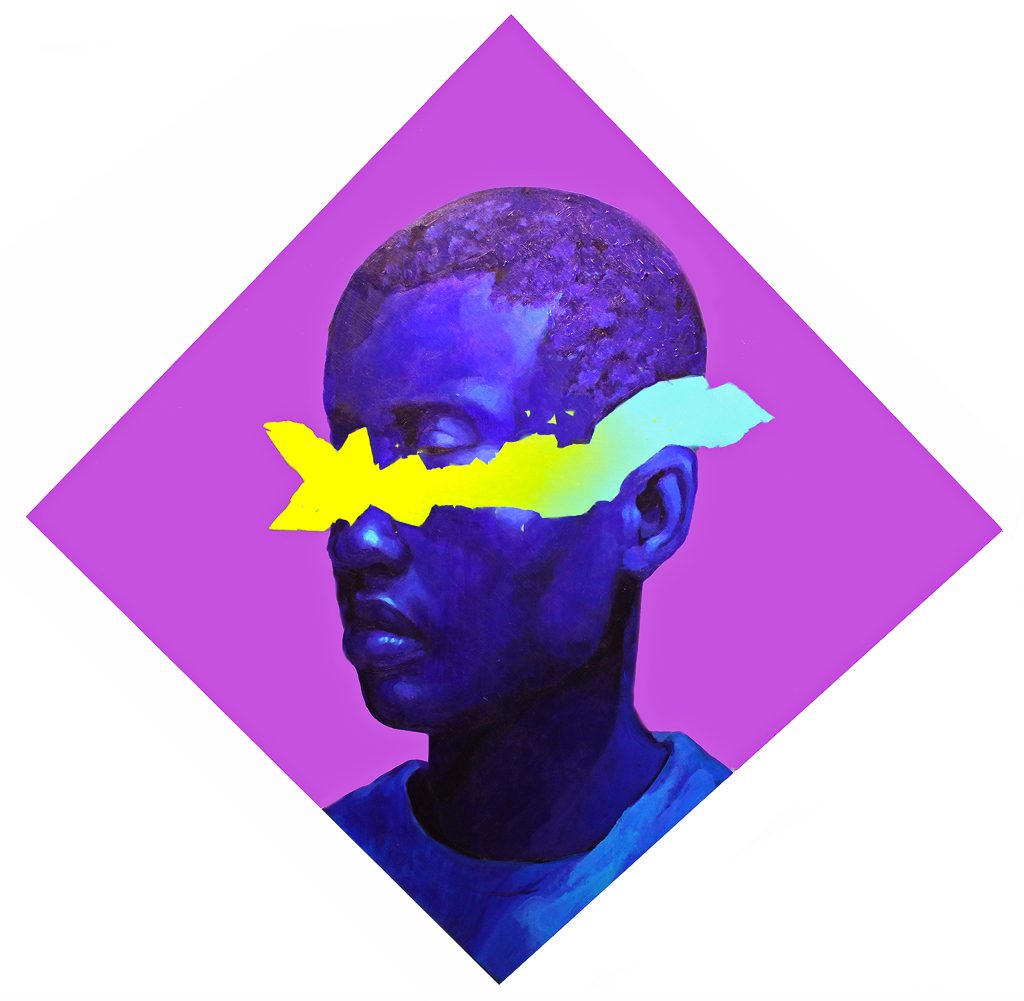
Sexy and subversive, Lui Liu‘s paintings reveal complex worlds in which women oscillate between positions of power and submission. Lui Liu began his career painting posters during the Chinese Cultural Revolution. Though he has lived in Canada since 1991, Lui Liu’s political influences are inseparable from the thematic foci of his artworks, which are largely wrought with political, sexual and social tensions. For example, Cat’s Cradle (2006) features two young girls playing the string game of the same name. A brick wall divides them. They nevertheless, reach across to one another through an opening in the shape of China, while a hawk, a symbol for authority, flies overhead. Other works consider the role technology plays in contemporary society and how electronic devises can sometimes come into conflict with culture and tradition. For example, in The Wedding Party (2013), newly weds kiss as members of the wedding party jeer at the couple and turn away in apparent disgust. The entire act is captured by a man holding a camera in the foreground, suggesting the most intimate life moments are no longer held sacred nor private.
Lui Liu may be considered a neo-Orientalist. His realist paintings not only exaggerate and twist Western perspectives of Eastern culture, but they also share an aesthetic with 19th century French Orientalist painters such as Eugène Delacroix and Jean-Léon Gérôme, who used mood, costume and landscape, to magnify assumptions about sexuality and violence in non-Western societies.


















 The flesh takes a leading role in the art of
The flesh takes a leading role in the art of  Oil painter
Oil painter 
 Originally from Korea,
Originally from Korea,